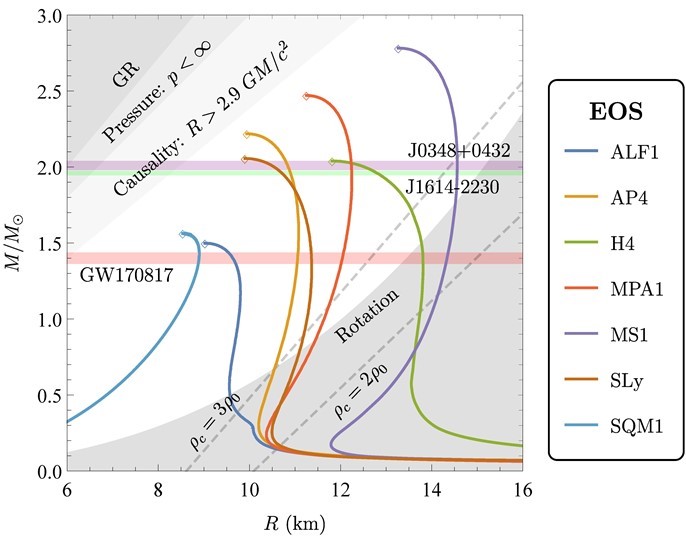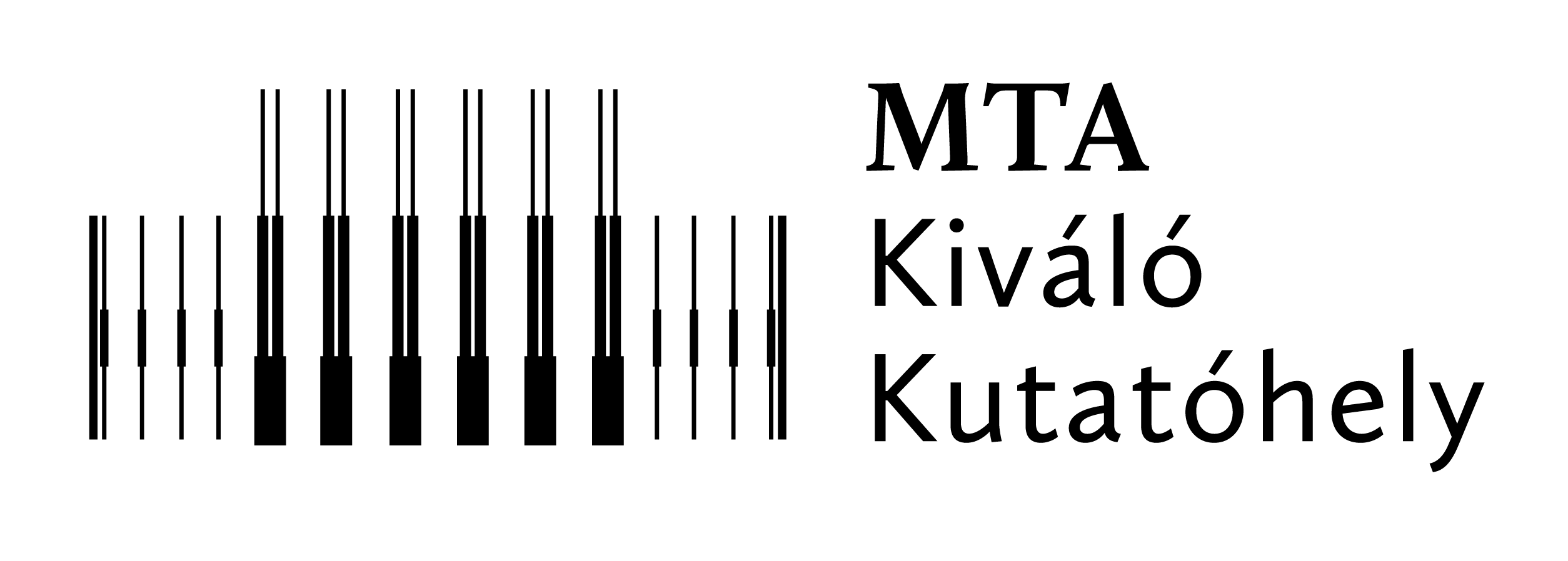2019
The main research projects of the Gravitational Physics Research Group at Wigner RCP are connected to the study of gravitational phenomena in theoretical physics. With solid background in general relativity and particle physics our group members are investigating problems in these science areas. Being members of the Virgo Scientific Collaboration operating the VIRGO detector, the European gravitational wave observatory, our motivation of research interest is also emerges from gravitational wave physics. The scientific results of the last year are summarized as follows.
Gravitational waves. — 2019 marks the year of the third data taking period O3 of the LIGO and VIRGO observatories. During this period the two collaborations registered science data continuously, and the three detectors were operated as a global observatory. Since the end of the second observation run O2, the two collaborations have intensively worked on their interferometers to improve the sensitivity and reliability. Scientists have also improved their offline and online data analysis methods and developed further the procedures for releasing Open Public Alerts. These alerts notified the physics and astronomy community within minutes when a potential gravitational wave event had been observed. Due to the increased sensitivity of the observatories the number of potential detections and public alerts have reached a weekly rate, in average.
In 2019 the main emphasis for our group members was put on the participation in the activity of the Compact Binary Coalescence (CBC) group with contributions to the description of compact binary sources and neutron stars. We have improved and tested the accuracy of the software package CBwaves developed by our group to analyze the motion and gravitational radiation of compact binary sources. It was used to study the effects of higher post-Newtonian terms in binary evolution and radiation for generic, eccentric orbits.
Effect of viscosity and thermal conductivity in relativistic stars. — Several models have been used to describe neutron stars in recent years, which in most cases neglected the effects of thermal conductivity and viscosity of the material. We have developed a generic formulation of the linearized dynamical equations governing small adiabatic radial oscillations of relativistic stars, like neutron starts. The dynamical equations are derived by taking into consideration those effects of viscosity and thermal conductivity of neutron star matter which directly determine the minimum oscillation period of observable pulsars. With the application of a variational principle we have derived a discrete set of eigenfunctions with complex eigenvalues. The real and imaginary parts of eigenvalues represent the squared natural frequencies and relaxation time of radial oscillations of non-rotating neutron stars, respectively. We provided a suitable framework which may be supplemented with various potential species of cold-nuclear-matter models to compute the spectra of the normalized eigenfrequencies with a certain numerical precision. Moreover, we have provided a qualitative estimation of the rate at which viscosity and thermal conductivity drain the kinetic energy of radial oscillation mode in reasonably uniform neutron stars, without relying on explicit numerical computations.

Figure 1. Typical M–R relations for non-spinning neutron-star models corresponding to the realistic EOSs. M–R curves for typical nucleonic EOSs (AP4, MPA1, MS1, SLy) are shown as light-coloured curves, blue curves refer to self-bound quark stars (ALF1, SQM1), and the green line to a strange star model (H4). The diamond symbols mark the maximal-mass configurations. Most EOS involving non-nucleonic matter, such as kaon condensates or hyperons, tend to predict an upper limit around 2 Mʘ for the maximal mass of neutron stars. The purple and the green bands indicate the rapidly rotating neutron stars in millisecond pulsars, cataloged as PSR J1614-2230 and J0348+0432, with the highest-known mass of 1.97 ± 0.04 Mʘ and 2.01 ± 0.04 Mʘ. The light red band shows the interval of total binary NS masses inferred from gravitational-wave signal GW170817. The dashed gray lines refer to stars whose central density ρc is double or triple that of nuclear saturation density ρ0, respectively. The upper left areas of different shades of grayscale refer to regions of the M–R plane excluded by general relativity constraint for R>2 GM/c2, by finite pressure for R> 2.25GM/c2 , and by causality for R>2.9 GM/c2 .
Classical and quantum aspects of general relativity. — The study of long-time evolution of various linear fields on a given black hole background have served as a base method for the more involved study of linear and possibly nonlinear stability of the background black hole solutions themselves. In our study we have used numerical methods to determine the time evolutions and behavior of perturbations of spin s = ± 1, ± 2 fields on a Kerr background. We have investigated the energy and momentum balance relations for these fields in the distant, asymptotic region of the spacetime for an accurately description of gravitational waves.
Mátra Gravitational and Geophysical Laboratory. — To explore the low frequency regime 1 – 10 Hz of the gravitational wave spectrum underground operation of observatories is required. The scientific value of existing plans of the European initiative Einstein Telescope increased considerably in this period. Its improved sensitivity and extended frequency range suggest a remarkable discovery potential. However, preparation for the underground operation of gravitational wave detectors requires careful analysis of the proposed locations in advance. We have completed long-term seismic, infrared and electromagnetic measurements in the Mátra Gravitational and Geophysical Laboratory. With the evaluation of measurement data of more than two years we have identified the most important features and characteristics that can help the site selection process of next-generation detectors, such as the Einstein Telescope.
Outreach. — The third LIGO-Virgo survey for gravitational waves has provided scientists with a rich pool of observations. The one year observation run O3 started on the 1st of April, 2019. Sensitivity improvements and the fact that the three LIGO-Virgo instruments have been operating simultaneously enabled high detection rate. Public alerts shortly after the detection of credible transient gravitational waves candidates were provided for the first time. These alerts have facilitated follow-up observations by other telescopes enhancing the possibility of multi-messenger observations. Being members of the VIRGO Outreach group, we have participated the public announcements of these new events related to the observatories. We have popularized the field in scientific and public lectures for scientists and students and promoted the European based 3rd generation gravitational wave observatory, the Einstein Telescope.



